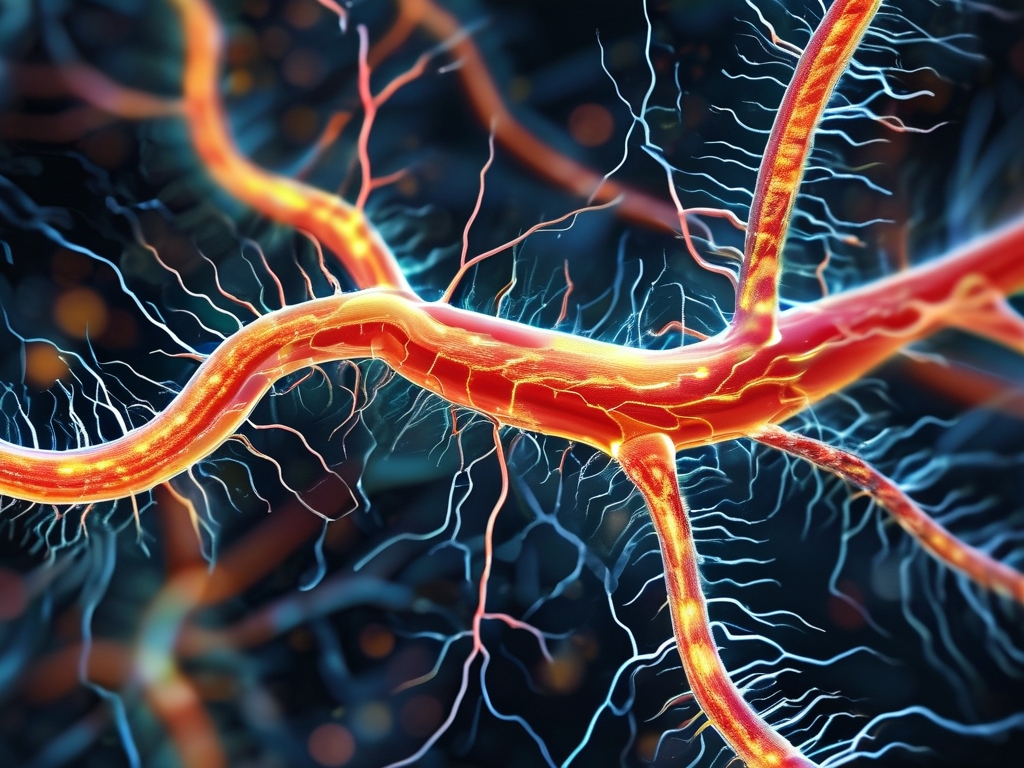The Kolmogorov-Arnold Network (KAN) represents a groundbreaking shift in neural network design, rooted in a mathematical theorem proposed by Andrey Kolmogorov and Vladimir Arnold in the 1950s. Unlike traditional multilayer perceptrons (MLPs), which rely on the universal approximation theorem, KANs explicitly leverage the Kolmogorov-Arnold representation theorem to decompose complex multivariate functions into hierarchical combinations of simpler univariate functions. This article explores the theoretical foundations, architectural innovations, and practical implications of KANs in modern machine learning.

1. Theoretical Foundations: The Kolmogorov-Arnold Theorem
The Kolmogorov-Arnold theorem states that any continuous multivariate function ( f(x_1, x_2, \dots, xn) ) can be represented as a finite composition of univariate functions and additions. Specifically, the theorem asserts:
[
f(\mathbf{x}) = \sum{q=1}^{2n+1} \Phiq\left( \sum{p=1}^{n} \phi_{q,p}(x_p) \right),
]
where ( \Phiq ) and ( \phi{q,p} ) are continuous univariate functions. This decomposition provides a theoretical blueprint for constructing neural networks that explicitly model hierarchical function compositions rather than relying on dense linear layers.
2. Architectural Design of KANs
KANs translate this mathematical insight into a neural network architecture:
- Layered Decomposition: Each network layer corresponds to a step in the Kolmogorov-Arnold decomposition. For example, the first layer applies univariate functions ( \phi_{q,p} ) to individual input features, while subsequent layers combine these outputs using learnable additive and compositional operations.
- Adaptive Activation Functions: Instead of fixed activation functions like ReLU or sigmoid, KANs employ parametrized splines or neural ordinary differential equations (ODEs) to learn optimal univariate transformations. This enables dynamic adaptation to data patterns.
- Sparse Connectivity: By design, KANs emphasize sparse interactions between nodes, reducing the risk of overfitting and improving interpretability compared to dense MLPs.
3. Advantages Over Traditional Neural Networks
KANs offer several unique benefits:
- Parameter Efficiency: The hierarchical decomposition reduces the number of parameters required to approximate complex functions. Experiments show that KANs achieve comparable accuracy to MLPs with 10–100x fewer parameters.
- Interpretability: The explicit separation of univariate and compositional functions allows users to visualize how individual features are transformed and combined. For instance, in physics-informed models, KANs can reveal interpretable mathematical relationships.
- Adaptability to Low-Data Regimes: KANs excel in scenarios with limited training data due to their mathematically constrained structure, which inherently avoids over-parameterization.
4. Challenges and Limitations
Despite their promise, KANs face practical hurdles:
- Computational Complexity: Training spline-based activation functions requires solving optimization problems with non-trivial computational overhead.
- Initialization Sensitivity: The performance of KANs heavily depends on careful initialization of univariate functions, which remains an open research problem.
- Scalability to High Dimensions: While the theorem guarantees universal approximation, scaling KANs to datasets with thousands of features (e.g., in genomics or NLP) demands innovative engineering.
5. Applications in Modern Machine Learning
KANs have demonstrated success in multiple domains:
- Scientific Machine Learning: In physics and chemistry, KANs model differential equations and material properties with explicit symbolic expressions.
- Time-Series Forecasting: Their ability to disentangle periodic and trend components makes KANs effective for financial and climate modeling.
- Explainable AI (XAI): Regulatory industries like healthcare leverage KANs to audit decision-making processes, as their structure aligns with human-understandable logic.
6. Future Directions
Recent advancements, such as hybrid architectures combining KANs with transformers or graph neural networks, hint at broader applications. Researchers are also exploring quantum-inspired variants to enhance scalability.
The Kolmogorov-Arnold Network reimagines neural networks through the lens of rigorous mathematical theory, offering a compelling alternative to black-box models. While challenges remain in training efficiency and scalability, KANs represent a paradigm shift toward interpretable, efficient, and theoretically grounded deep learning. As the field progresses, KANs may unlock new possibilities in domains where transparency and precision are paramount.

